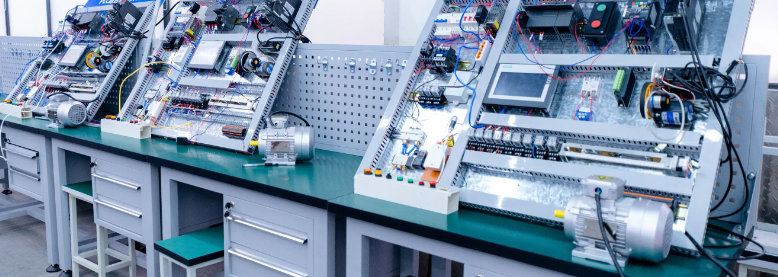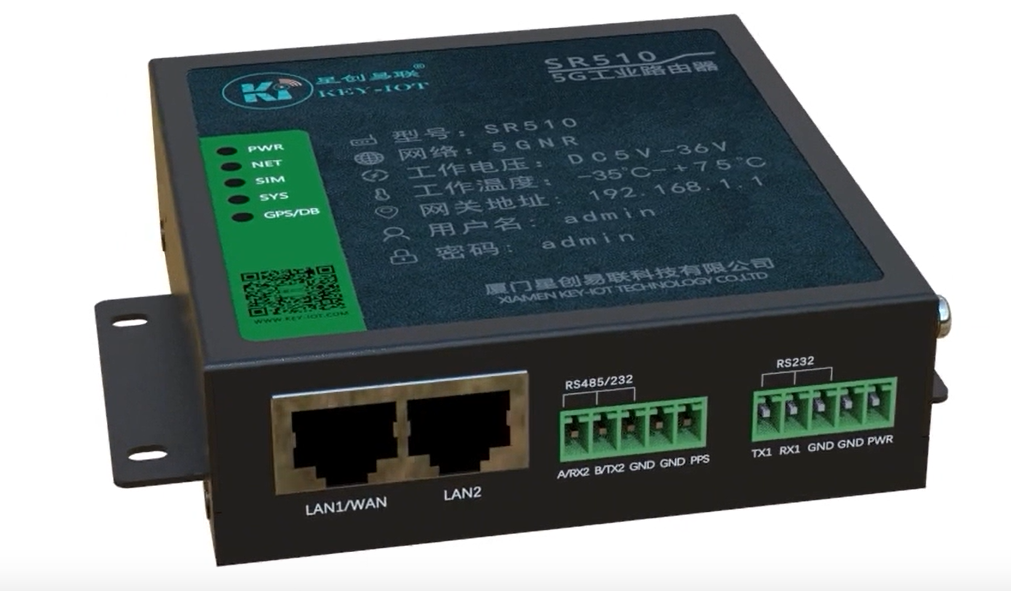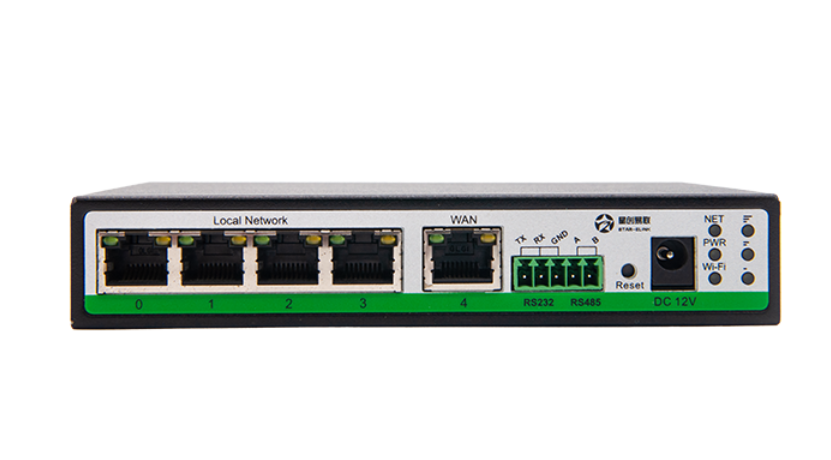Hey everyone, I’m Old Li, a technician who has been working in the industrial automation field for many years. Today, I want to share with you about my old friend – the RS485 communication protocol. It’s like the bond that connects various industrial devices, allowing data to flow through the arteries of the factory.
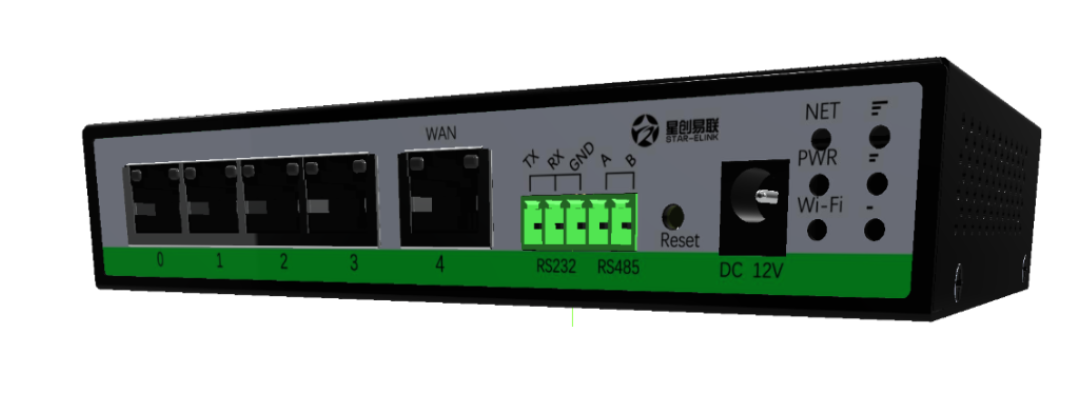 When it comes to RS485, we have to talk about the “twisted pair” it uses. A twisted pair is essentially two insulated wires twisted together in parallel. At first glance, it looks a lot like the phone lines we commonly see at home. But don’t underestimate this seemingly ordinary cable, it’s a faithful partner of RS485 and plays an important role in suppressing electromagnetic interference.
When it comes to RS485, we have to talk about the “twisted pair” it uses. A twisted pair is essentially two insulated wires twisted together in parallel. At first glance, it looks a lot like the phone lines we commonly see at home. But don’t underestimate this seemingly ordinary cable, it’s a faithful partner of RS485 and plays an important role in suppressing electromagnetic interference.
You might ask, what is electromagnetic interference? Why does it affect communication? Imagine when you’re trying to talk to a colleague in a noisy factory workshop, don’t you have to work hard to hear each other clearly? Electromagnetic interference to communication lines is like environmental noise to our speech. There are various high-power electrical equipment in industrial environments, and they generate electromagnetic fields when running. If the communication lines are in these electromagnetic fields, they will induce some interference currents and disrupt the communication signals.
But twisted pairs have a unique “anti-interference” mechanism. It utilizes a transmission method called “differential signal”. Specifically, it uses two wires to transmit the original signal and its inverted signal respectively. At the receiving end, these two signals are subtracted to obtain the original signal. The electromagnetic interference affects these two wires almost the same. When we subtract the signals affected by the same interference, the interference is canceled out, and the original signal is preserved. It’s like two people working together to dig for treasure, one person digs the soil, the other clears the debris, and in the end, they get the pure treasure.
The unique structure of twisted pairs also lends a helping hand to anti-interference. The two wires are alternately twisted, so that they are subject to basically the same electromagnetic interference. It’s like two friends shopping, arm in arm, the external noise has a relatively consistent impact on both of them. This consistency is conducive to removing interference at the receiving end.
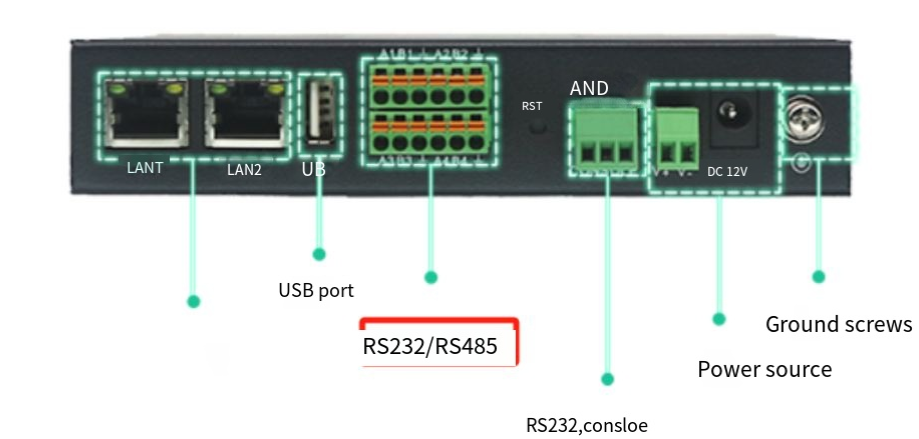
Of course, relying on twisted pairs alone is not enough, RS485 also needs to cooperate with dedicated transceiver circuits. The driver at the sending end converts the TTL level signal into RS485 level signal and sends it out through the twisted pair. The receiver at the receiving end converts the RS485 differential signal into TTL level signal for the controller to use. The driver and receiver are like two translators, one is responsible for translating the “language” of the controller into the “language” of the twisted pair, and the other performs the reverse translation.
The differential signal of RS485 has a characteristic that the voltage difference of the signal between +2V~+6V represents logic “1”, and between -2V~-6V represents logic “0”. This 2V threshold provides very strong anti-interference ability. Tiny interference voltages will not easily change the logic state of the signal. It’s like a fat man sitting on a seesaw, a little kid pushing him, and the seesaw is hard to move.
In addition to anti-interference, RS485 has another advantage, which is supporting multi-point communication. Multiple RS485 devices can be connected in parallel on the same twisted pair to form a network. They each have a unique address, and the host can access a specific slave through this address. This multi-point communication capability allows RS485 to easily handle various complex industrial field networking requirements.
RS485 can support multi-point communication, also thanks to the half-duplex communication method it adopts. That is to say, at the same moment, all devices on the bus are either sending or receiving, and cannot be done simultaneously. This avoids conflicts that may occur when multiple devices send data at the same time. It’s like a group of people in a meeting, if everyone speaks at the same time, it will be a mess. But if it is stipulated that others must listen when speaking, the meeting can proceed in an orderly manner.
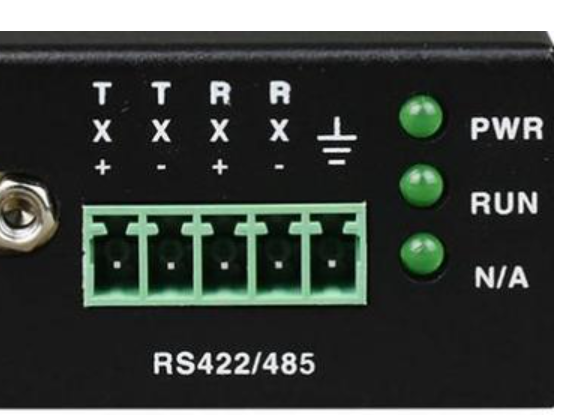
Of course, RS485 communication can’t do without a “moderator”, which is the host. All slaves are “listeners” and can only speak when “called” by the host. This “one-to-many” communication model, although requiring careful design of communication protocols, can effectively utilize communication bandwidth and reduce conflicts.
I’ve talked so much about the advantages of RS485, it’s not perfect either. For example, although the communication distance can reach 1200 meters, the transmission rate will decrease as the distance increases. Of course, this is enough for most industrial applications. In addition, terminal resistors need to be added to both ends of the RS485 bus to reduce the impact of signal reflection on communication. It’s like adding a silencer to the end of the microphone line to avoid the sound being reflected back to form an echo.
RS485 can play a big role in the industrial field, also thanks to the support of various communication protocols. For example, the Modbus protocol is the “common language” in the industrial field, it defines a set of master-slave communication rules, as long as devices from different manufacturers support Modbus, they can be interconnected without barriers. Now many PLCs, inverters, and sensors support RS485 interface and Modbus protocol, which greatly promotes the development of industrial automation.
After talking so much, I don’t know if you have a more intuitive impression of RS485? Although it is invisible and intangible, it is always active in various industrial devices, transmitting control commands and data information, and is a veritable behind-the-scenes hero.
I often deal with RS485 in my work. Once, a device was always communicating unstably, intermittently. After troubleshooting for half a day, it was found that a wire of the RS485 bus was loose, causing poor contact. After reconnecting the wire, the communication immediately returned to normal, and at that moment, I had a more intuitive feeling of the reliability of RS485.
RS485 is like the “capillary” in the field of industrial automation, delivering the “nutrients” of data to every device that needs it. It brings people and machines closer together, allowing us to ride the wave of industrial automation with ease.
Today’s sharing ends here, thank you for listening, I hope it has inspired you. The world of industrial automation is infinitely wonderful, let’s explore it together!
 KEY-IOT
KEY-IOT When it comes to RS485, we have to talk about the “twisted pair” it uses. A twisted pair is essentially two insulated wires twisted together in parallel. At first glance, it looks a lot like the phone lines we commonly see at home. But don’t underestimate this seemingly ordinary cable, it’s a faithful partner of RS485 and plays an important role in suppressing electromagnetic interference.
When it comes to RS485, we have to talk about the “twisted pair” it uses. A twisted pair is essentially two insulated wires twisted together in parallel. At first glance, it looks a lot like the phone lines we commonly see at home. But don’t underestimate this seemingly ordinary cable, it’s a faithful partner of RS485 and plays an important role in suppressing electromagnetic interference.

